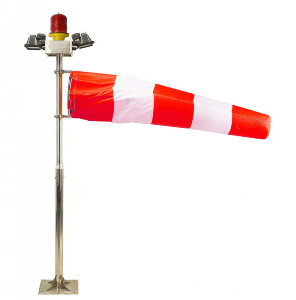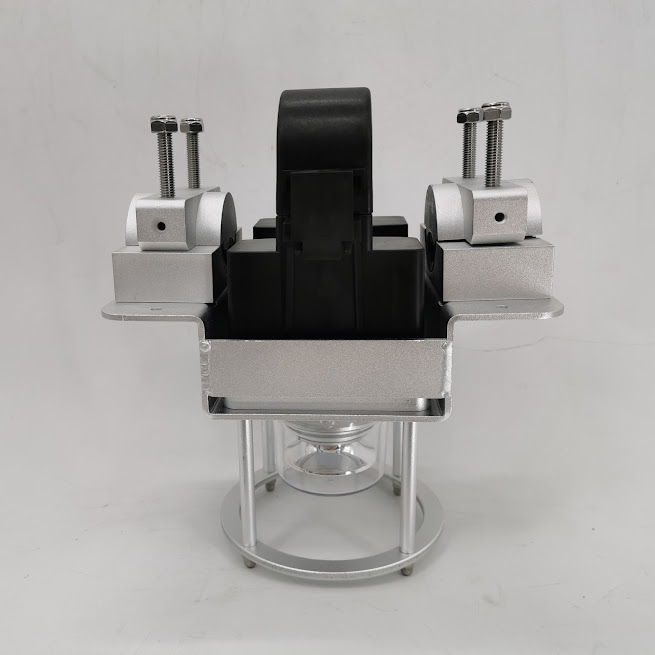WIND CONE ASSEMBLIES L-806 L-807 Style I-A, Externally Lighted Wind Cone; Style I-B, Internally Lighted Wind Cone(Windsock, Windcone or Wind Direction Indicator), Solar LED Wind Cone
The wind cone, also called the 'windsock' is a colorful tool at each airport that offers relevant information to pilots, allowing them to quickly and easily determine the approximate wind speed and direction before taking off or landing. It is used at airports and heliports to indicate surface wind conditions.
For more details:
Website:http://www.cdt-en.com/
Email:sophia@chendongtech.com
Phone/WhatsApp:+86-13929493960
1. Wind Cone Type
- L-806 - those mounted on low mass supporting structures(typical assemblies are shown in figure 1)
- L-807 - those mounted on rigid supporting structures(typical assemblies are shown in figure 2)
2. Wind Cone Style
- Dimensions:
a. Size 1- 1.2m length, 300mm in throat diameter and 150mm in trailing end diameter;
b. Size 2- 2.4m length, 600mm in throat diameter and 300mm in trailing end diameter;
c. Size 3- 3.6m length, 900mm in throat diameter and 450mm in trailing end diameter;
- Color: International Orange, White/Red
5. Supporting Structure
- Frangible, Non-frangible
* Type L-806. The type L-806 support must be of low-mass, and designed for easy installation and maintenance. When firmly anchored, the frangible support must withstand a moment of 350 pound-feet (475 N m) without damage and fail before a moment of 700 pound-feet (950 N m) is reached by a force applied parallel to and 6 feet (1.8 m) above the surface to which the support is attached. Alternatively, a support meeting the requirements of AC 150/5345-45, Lightweight Approach Light Structure, may be used.
* Type L-807. The type L-807 support may be hinged at its base or near its middle so the wind cone and light fixture can be serviced from the ground. When the support is mounted in place, it must withstand, without damage, a moment of not less than 3200 pound-feet (4340 N m) when the force is applied parallel to and 16 feet (4.8-m) above the surface to which the support is attached. This support may be used only where allowed by airport design standards published in AC 150/5300-13, Airport Design.
6. Power Supply7. Installation
8. Test Video

















评论
发表评论